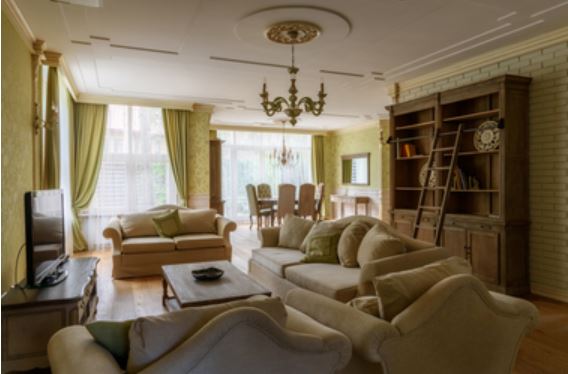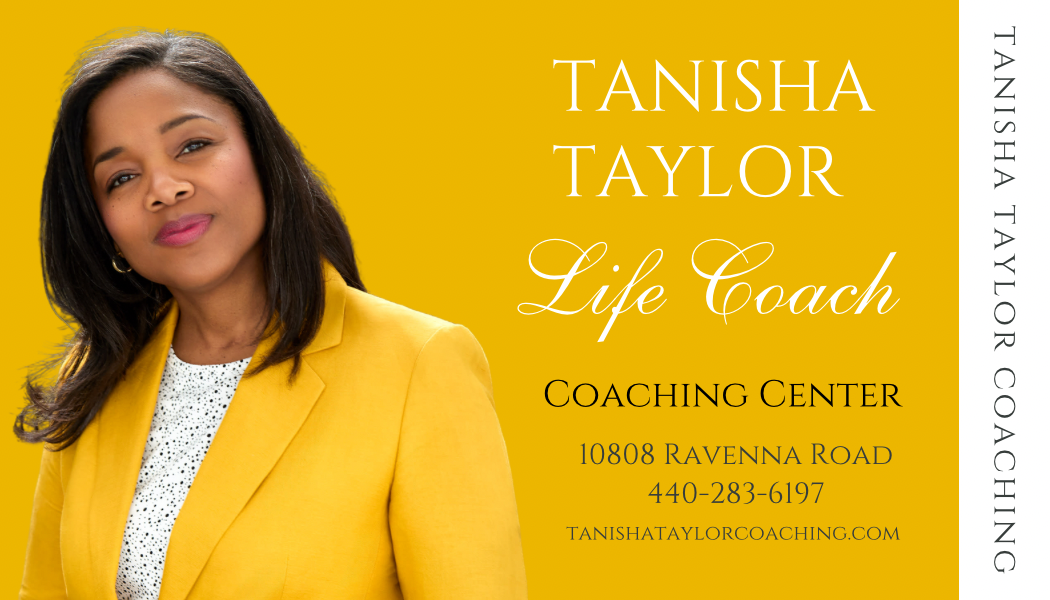Traditional interior design is based largely on 18th- and 19th-century European styles and conventional ideas of what a home looks like. The types of furniture, color palette and decor usually found in traditional homes reference the elegance of the past with little concern for what is trendy. Many Americans grew up in homes characterized as traditional and feel very “at home” with this comfortable, relaxed style. Because it is not rooted in any particular time period, traditional design can be adapted to include touches of contemporary elements while maintaining its understated aesthetic.
Here are some decorating guidelines for updating the traditional style of your home:
In the living room
Traditional living room decor should be functional and family friendly. The space should be symmetrical and balanced with side chairs, tables and lamps appearing in pairs. This is meant to encourage conversation among guests. Update the room by blending antiques and vintage art with contemporary pieces.
Traditionalists know that collections should be on display and not hidden away in a closet. Walls are the perfect backdrop for showing off a collection of small mirrors, decorative plates or framed photos.
Add contemporary versions of lighting such as pendants, sconces or chandeliers to complement the light from existing table lamps.
Persian rugs may be the classic flooring choice to place over hardwood floors, but going for an overdyed vintage Turkish carpet will add interest and texture to the room. You might even layer the carpets by placing a small carpet over a larger one. If you happen to have an interesting small-size rug, you may want to frame it and hang it on the wall as a nontraditional and surprising work of art.
Window treatments should be layered with simple blinds, curtains or drapes, avoiding the more elaborate valances of the past. And when it comes to choosing colors, traditional decor embraces all the colors of the rainbow, with a preference for saturated hues.
In the kitchen
While on the surface it may appear to be a traditional kitchen, if you look deeper, all the latest in smart appliance technology, sustainable materials and upgraded lighting are there.
Homeowners want their remodeled kitchens to stand the test of time, and traditional elements are one way to achieve that. The recent return to rich wood-stained cabinets is a nod to the enduring quality of traditional design. Cabinets can be personalized by adding unique modern cabinet hardware such as mixed metals or brass. While the classic shiny brass is still available, there are more options to choose from, including matte, satin or champagne-colored brass.
The convenience and practicality of large central kitchen islands is a modern feature that is turning up in traditional kitchens.
In the primary bedroom
Refresh your traditional bedroom with large helpings of your personality. The color scheme for the wallpaper or paint can be brighter than in other rooms. You can also tone it down by only papering or painting a single accent wall. Modernize your traditional furniture by painting or staining the pieces, adding new hardware, or replacing the upholstery with more up-to-the minute patterns or textures. Replace a wooden bed canopy with a light and airy metal frame. Your bedroom will feel more spacious without the visual heaviness of a large wood piece. Layer the bed with pillows and blankets to provide texture and color in your cozy retreat.
Traditional interior design can feel just as new as it did when it was first introduced in the past century. You can depend on it to never go out of style and to always make you feel right at home. Contact us when you want to start new traditions in your own home.
Claudine Steinfurth
REALTOR®
(216) 409-4039
csteinfurt@aol.com
RE/MAX Above & Beyond
7570 Chippewa Road
Brecksville, OH 44141

























